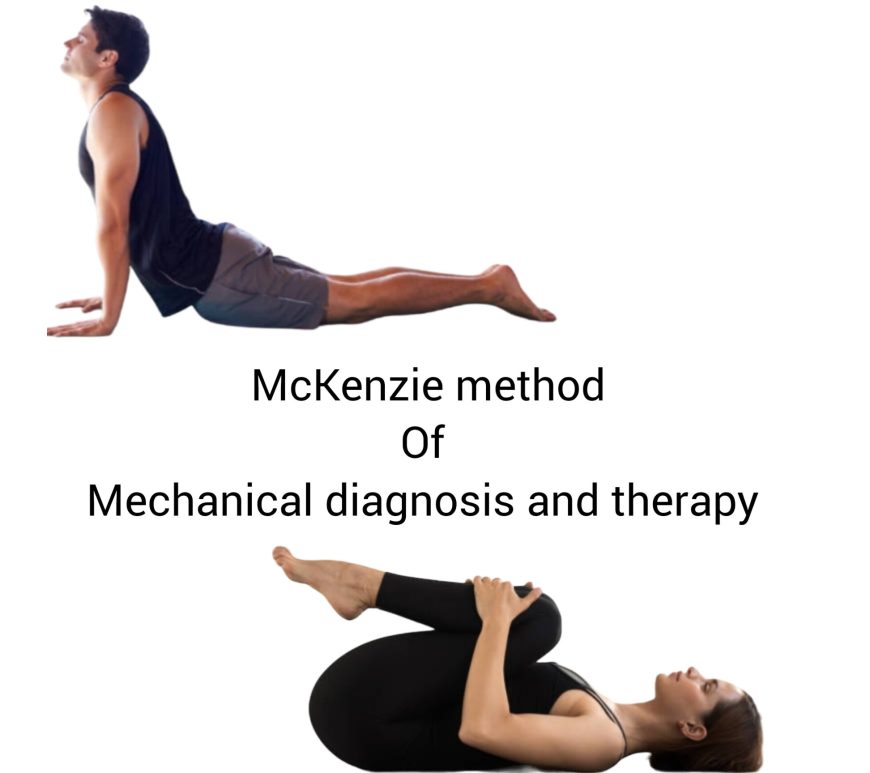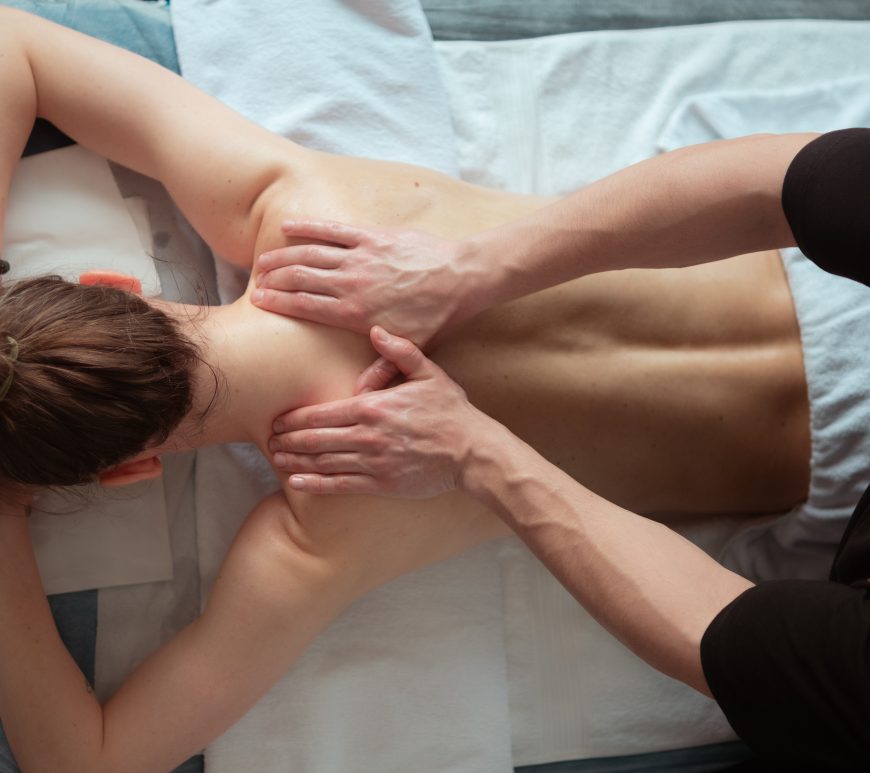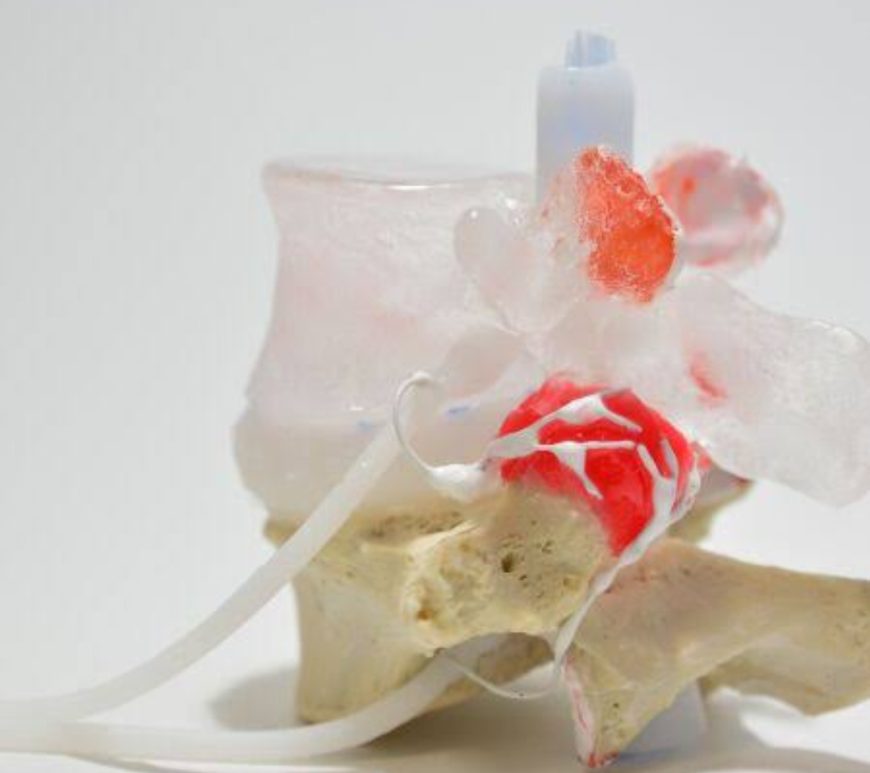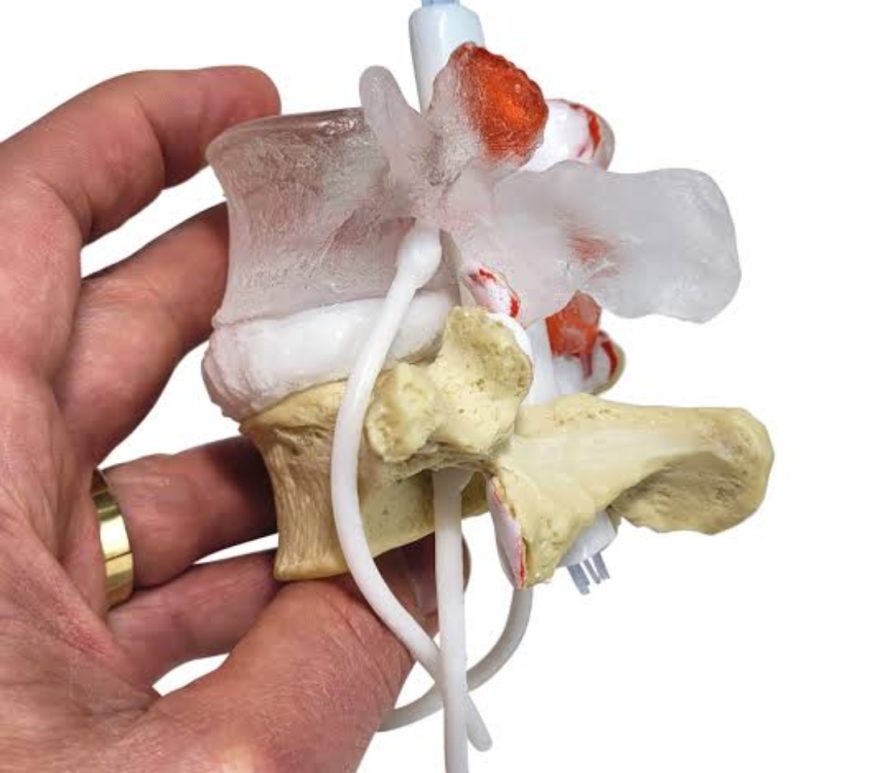
Part 2- Evidence behind McKenzie method of mechanical diagnosis and therapy
Evidence Regarding the Evaluation Process A systematic assessment of 48 reliability studies on non-specific low back pain physical examination procedures conducted on patient populations found that the majority of procedures had weak reliability (May S. 2006). With a kappa/intra-class correlation coefficient of 0.85 as the maximum criterion, most procedures exhibited either conflicting evidence or moderate to strong evidence of low reliability. Only the technique of … Continue reading Part 2- Evidence behind McKenzie method of mechanical diagnosis and therapy


